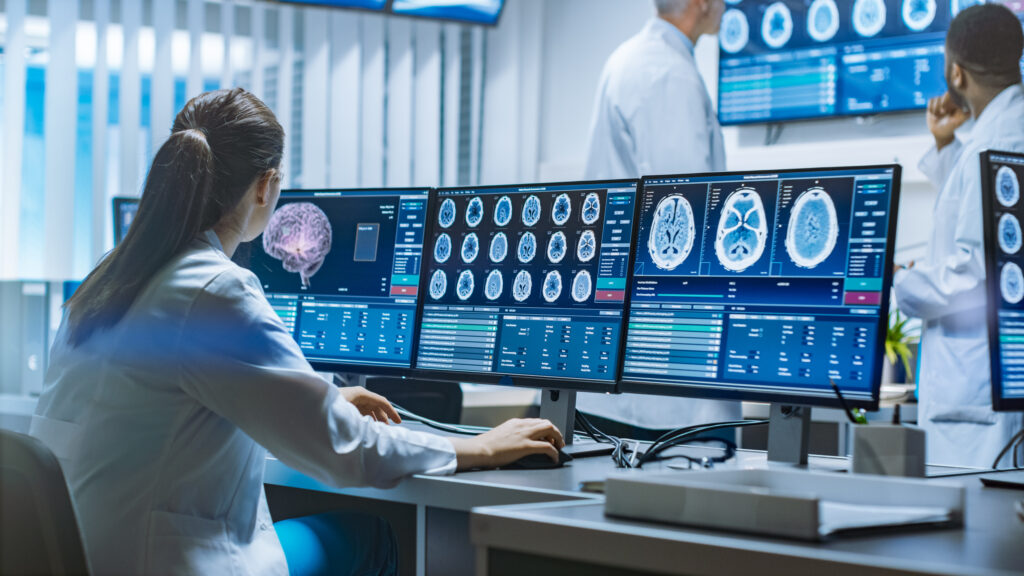The medical entities that are majorly affected by emergency teleradiology comprise most serious conditions like aortic dissection, acute stroke, pulmonary thromboembolism and ruptured aortic aneurysm. The price of delayed diagnosis for all of these conditions can be enormously high. By designing a framework wherein all scans of emergency cases are reported within a time frame of 30 minutes, and by offering electronic priority to critical tests as STAT urgency, teleradiology has paved way for instant diagnosis of such critical cases. Consequently, it enables early intervention and better patient outcomes.
Teleradiology plays a significant role in fixing cases of acute stroke. The formation of stroke centres all over the US especially at community hospitals has led to early diagnosis of acute ischaemic stroke. Teleradiology helps by reducing the time taken to perform thrombolysis as it allows for instant detection and communicates the early changes on CT scan within a short span after completion of post-scan.
A teleradiologist instantaneously states the patient subgroup during the thrombolytic therapy. The stroke tests create a challenging and stimulating subset in emergency teleradiology practices. Such practices help to meet the timelines reliably with consistency.
